Are Black Tartar Stains a Sign of Tooth Decay? What Causes Dark Spots on Teeth? Can They Be Removed?
Have you noticed small black lines or dark stains on your teeth? These marks can be quite concerning, especially if you’re unsure of the cause. In fact, these dark spots could indicate a more serious issue related to your oral health.
But what exactly causes these black dots? Are they always cavities? How do they differ from tartar? What are the symptoms, and can simple cleaning solve the problem? Let’s take a deeper look at the causes, risks, and treatment options for black stains on teeth.
And it’s not just you—those around you might notice the unpleasant odor, too. This can negatively affect your social life and self-confidence.
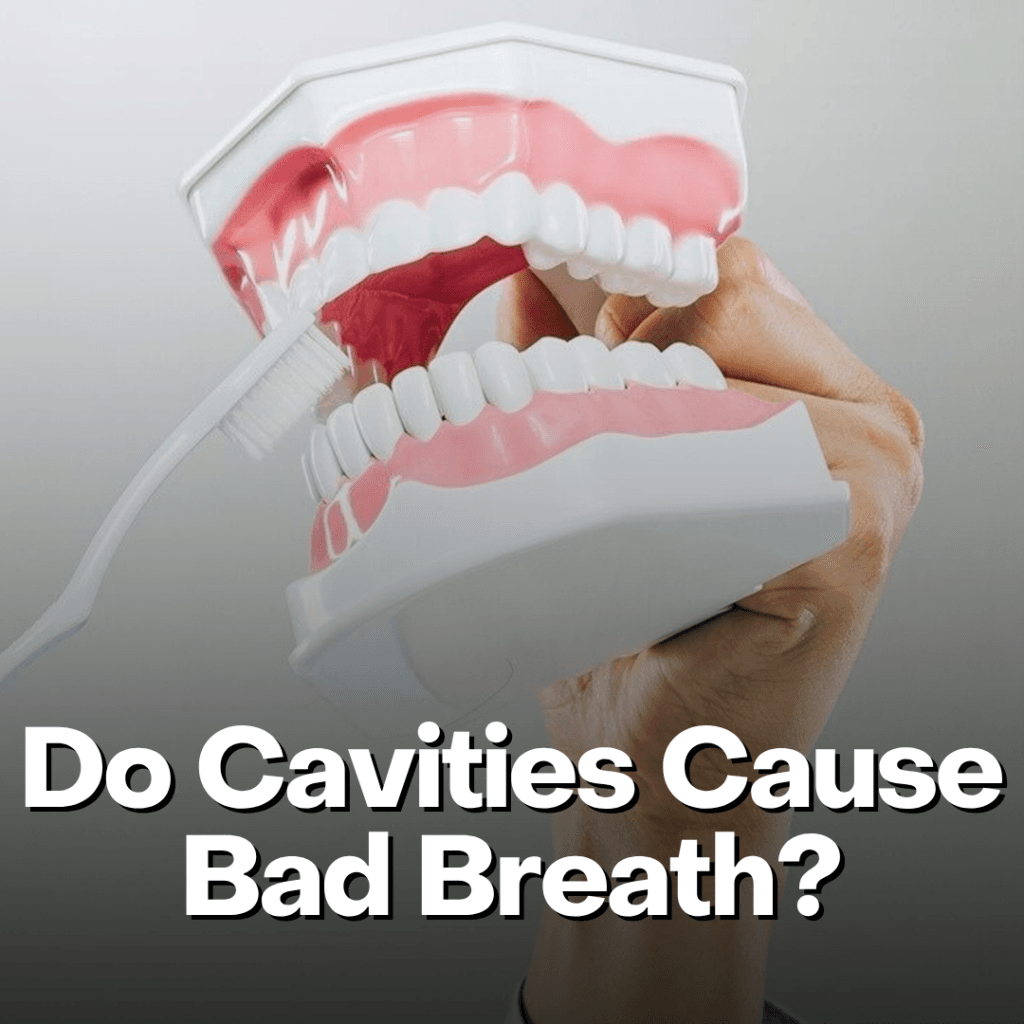
*Can a decaying tooth really cause such a bad odor?
*Is bad breath caused only by tooth decay, or are there other factors as well?
Let’s take a closer look at how tooth decay affects your oral health and breath to answer all these questions.
Tooth decay is a structural condition caused by acids breaking down the enamel. Candies, poor oral hygiene, and neglected brushing habits create a welcoming environment for bacteria—especially in children.
These bacteria eventually penetrate the tooth surface, forming cracks and settling into the cavities. Bacteria trapped inside a decayed tooth not only worsen the decay but also contribute to bad breath.
Yes, tooth decay can be a significant cause of halitosis (bad breath). Key mechanisms include:
• Bacterial Overgrowth: Bacteria in decayed areas break down food particles and release foul-smelling sulfur compounds.
• Hidden Cavities: Cavities in the back molars often go unnoticed and can silently produce odors.
• Abscesses and Infections: Severe decay may reach the tooth’s nerve, causing infections that result in particularly strong smells.
Not all bad breath originates from cavities, but you might suspect it if:
• The odor persists even after brushing your teeth
• You constantly experience a metallic or bitter taste in your mouth
• You feel sensitivity, dull aches, or pain when chewing in a specific area
• Your gums appear red or swollen
If any of these symptoms sound familiar, a dental check-up is highly recommended.
To prevent bad breath caused by tooth decay, pay attention to the following:
• Brush your teeth at least twice a day
• Use dental floss and mouthwash regularly
• Schedule dental check-ups at least twice a year
• Request panoramic X-rays for hidden cavities
Early diagnosis can prevent the spread of decay and eliminate embarrassing odors before they affect your daily life.
Bad breath is a significant problem that affects both social relationships and self-confidence. If you suspect odor caused by tooth decay, trying to mask it with mint gum without addressing the root cause will not work in the long run. Detecting cavities early and getting proper treatment not only protects your oral health but also refreshes your breath.
Don’t neglect regular check-ups for a healthy smile. 🦷
Bacteria inside a decayed tooth break down food particles and produce foul-smelling sulfur compounds. This leads to persistent and unpleasant bad breath, especially in neglected cavities.
Although tooth decay is one of the primary causes, gum disease, stomach problems, and bacterial coatings on the tongue can also contribute. However, bad breath caused by a decayed tooth is usually sharper and more noticeable.
The permanent solution is treating the cavity. Once the decay is removed through a filling, root canal treatment, or tooth extraction, the odor largely disappears. After that, proper oral hygiene must be maintained.
Yes. Bad breath is not always related to cavities. Poor oral hygiene, lack of tongue cleaning, tonsillitis, and sinusitis can also cause it. However, the odor from a decayed tooth is stronger than other sources.
It usually has a strong odor resembling rotting food or sewage. If the smell is constant and does not go away even after brushing, it may be due to tooth decay.
Mouthwash or mint gums can be used to cover up the odor temporarily. However, these are short-term solutions. For lasting results, the cavity must be treated and daily oral care should not be neglected.
How to Take Dental Photos for Your Online Consultation
We make your dental travel experience as smooth and comfortable as possible. Here’s how it works:
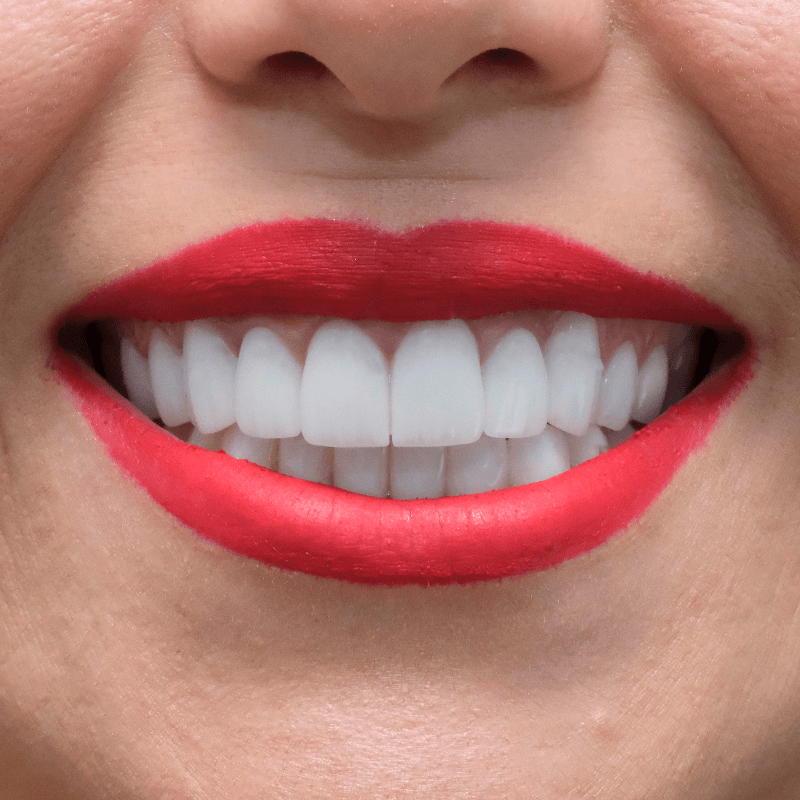
Natural Smile Front View
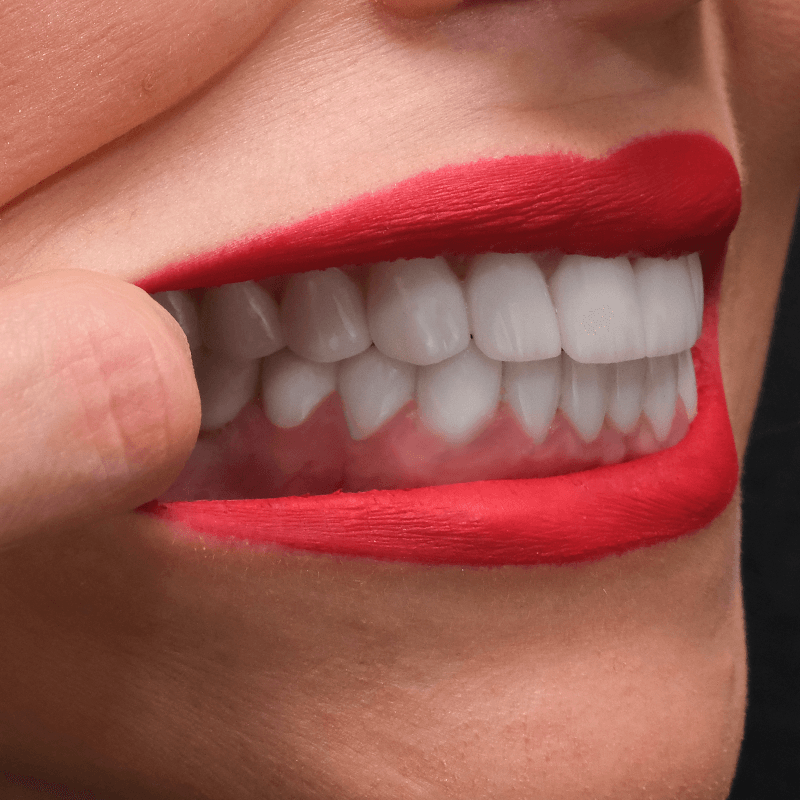
Natural Smile Left View

Natural Smile Right View
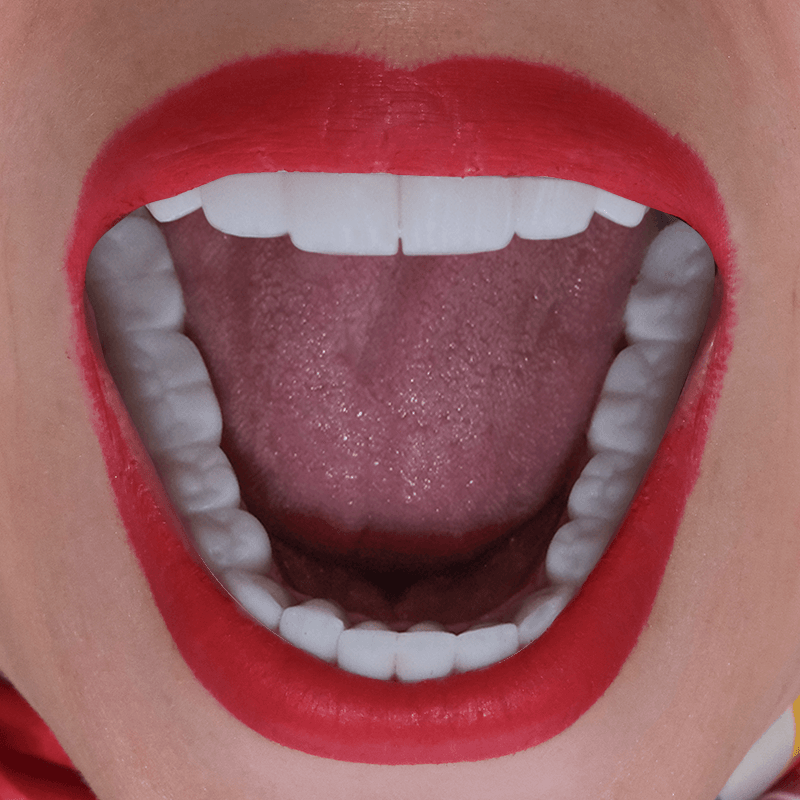
Natural Smile Bottom View
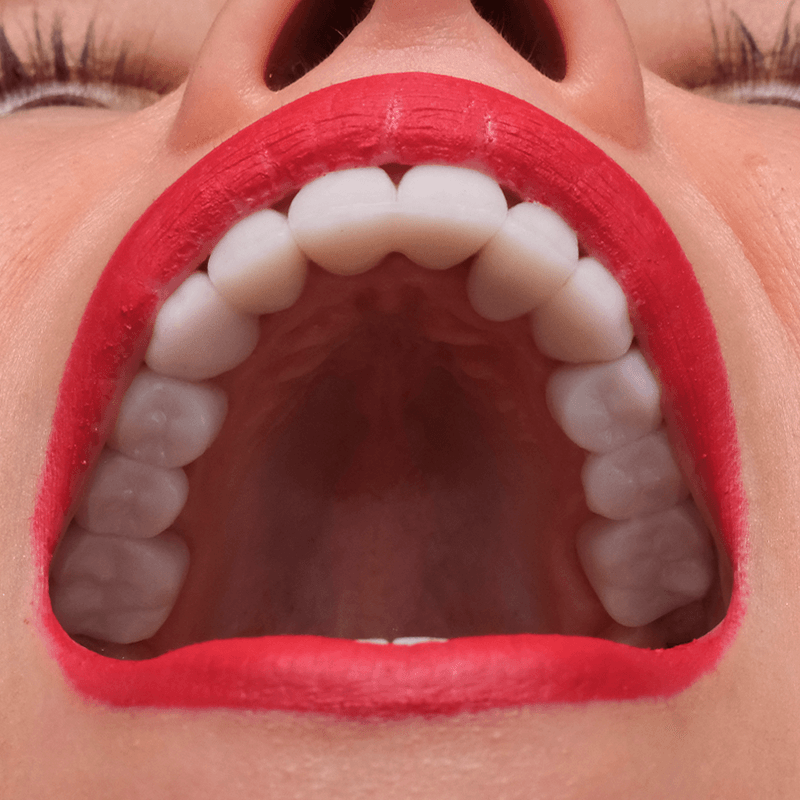
Natural Smile Top View